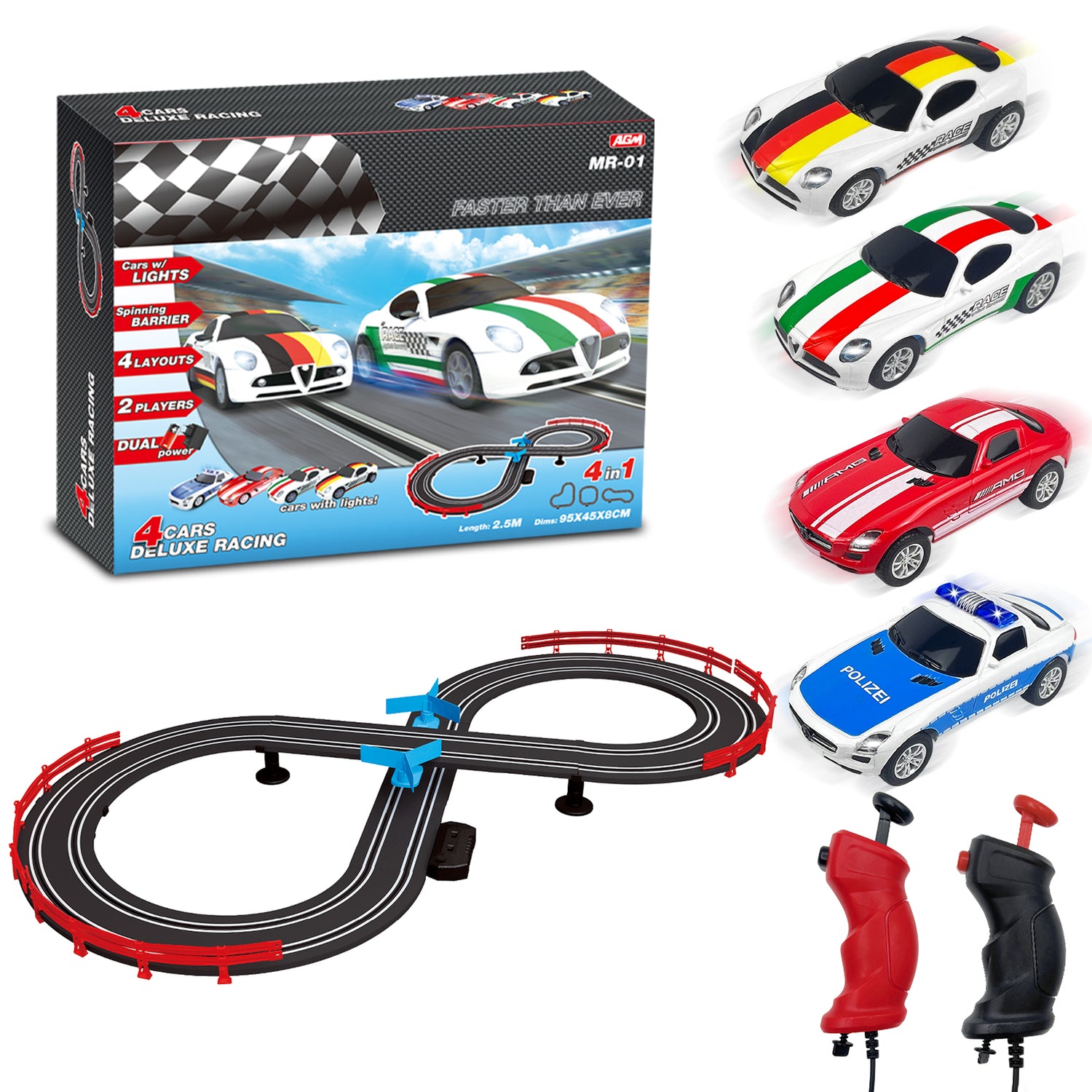Introduction:
Toy guns have been a subject of debate for many years, raising questions about their impact on children's development and the potential risks associated with their use. In this blog, we will delve into the complex world of toy guns, exploring their benefits as play objects while highlighting the importance of responsible play and parental guidance.
-
Imaginative Play and Creativity:
One of the primary benefits of toy guns is their ability to stimulate imaginative play. Children often engage in role-playing scenarios, becoming heroes or villains in their make-believe worlds. This imaginative play encourages creativity, storytelling, and the development of critical thinking skills as children create narratives and problem-solving situations. -
Physical Activity and Coordination:
Playing with toy guns can involve physical activity, such as running, hiding, and aiming. This active play promotes gross motor skills, hand-eye coordination, and spatial awareness. It provides an outlet for energy and encourages children to engage in active play, which is essential for their overall physical development. -
Social Interaction and Teamwork:
Toy guns can facilitate social interaction and teamwork. When children engage in mock battles or play war games, they learn to communicate, negotiate, and collaborate with their peers. These experiences develop social skills such as cooperation, turn-taking, and conflict resolution, fostering the ability to work effectively in groups. -
Differentiating Fantasy from Reality:
An important aspect of playing with toy guns is teaching children to differentiate between fantasy play and real-life violence. It is crucial for parents and caregivers to have open discussions with children about the differences between pretend play and real-life situations. Setting clear boundaries and explaining the importance of responsible and safe play helps children understand the distinction. -
Responsible Play and Parental Involvement:
Responsible play with toy guns requires parental involvement and guidance. Parents should establish rules for play, emphasizing safety and respect. Teaching children about the consequences of their actions, both real and imaginary, helps them understand the importance of responsible behavior. Regular communication and monitoring of play activities ensure that children engage in safe and appropriate play. -
Alternatives to Toy Guns:
For parents who have concerns about toy guns, there are alternative play options available. These include engaging children in non-violent imaginative play, providing them with toys that promote creativity, problem-solving, and cooperative play. Board games, building blocks, arts and crafts, and sports equipment are excellent alternatives for encouraging constructive play.
Conclusion:
Toy guns can spark imaginative play, promote physical activity, and facilitate social interaction. However, it is crucial to balance the benefits of these toys with responsible play and parental guidance. By establishing clear rules, fostering open communication, and teaching children about the distinction between fantasy and reality, we can ensure that toy guns are used in a safe and responsible manner. Ultimately, it is the role of parents and caregivers to guide children's play experiences and promote a healthy balance between fun and responsibility.


